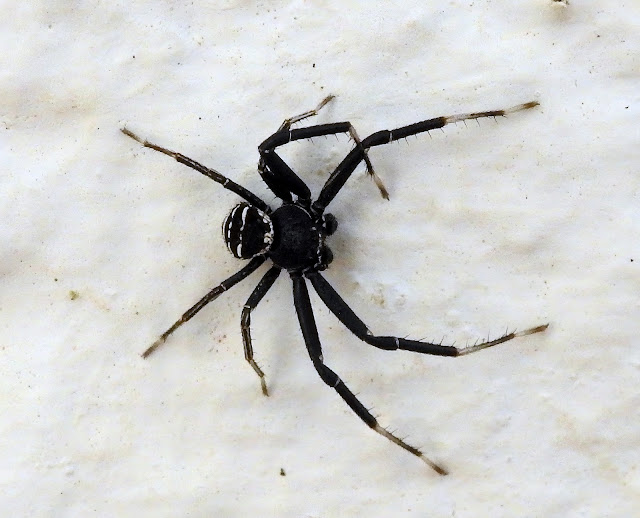Phaneroptera nana, common name southern sickle bush-cricket, is a species in the family Tettigoniidae and subfamily Phaneropterinae. It has become an invasive species in California where it may be called the Mediterranean katydid.
This bush cricket is native to mainland Europe, the Near East and North Africa. The Indo-Malayan species Phaneropera subcarinata, described by Bolívar, is morphologically similar to P. nana, and was classified under the P. nana name by Carl Brunner von Wattenwyl. As an invasive species, it has spread to the San Francisco Bay Area and may be widespread in the Los Angeles Basin, with records of its presence in California dating from at least 1952. In addition, it has been recorded in South America and hypothesized in the Annals of Carnegie Museum to have spread via shipping.
It mainly inhabits sunny and dry habitats, especially shrubs and low branches of trees.

%201.jpg)
%201.jpg)
%202.jpg)






.jpg)


















%201.jpg)




%201.jpg)


%201.jpg)





%201.jpg)
%201.jpg)
%202.jpg)